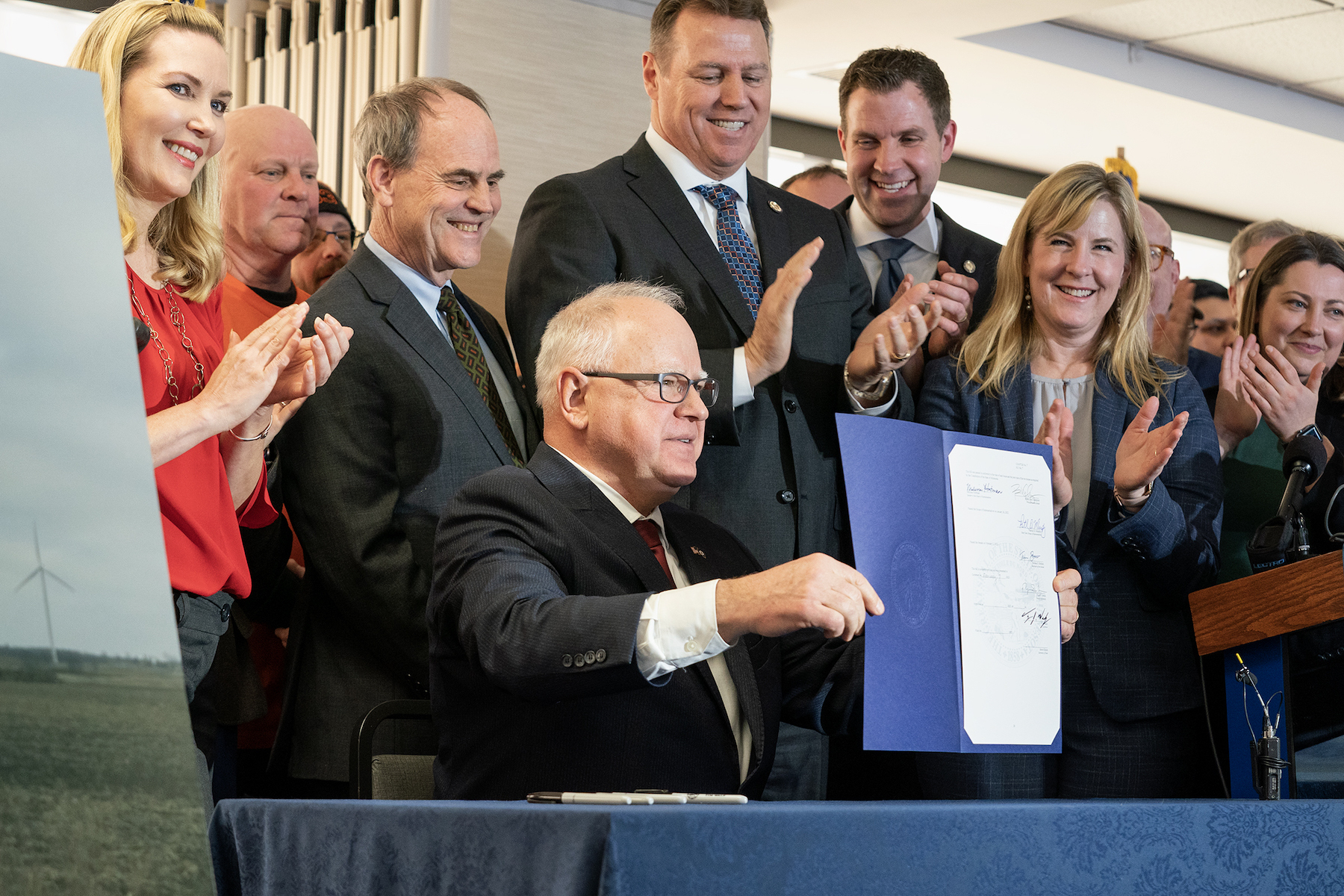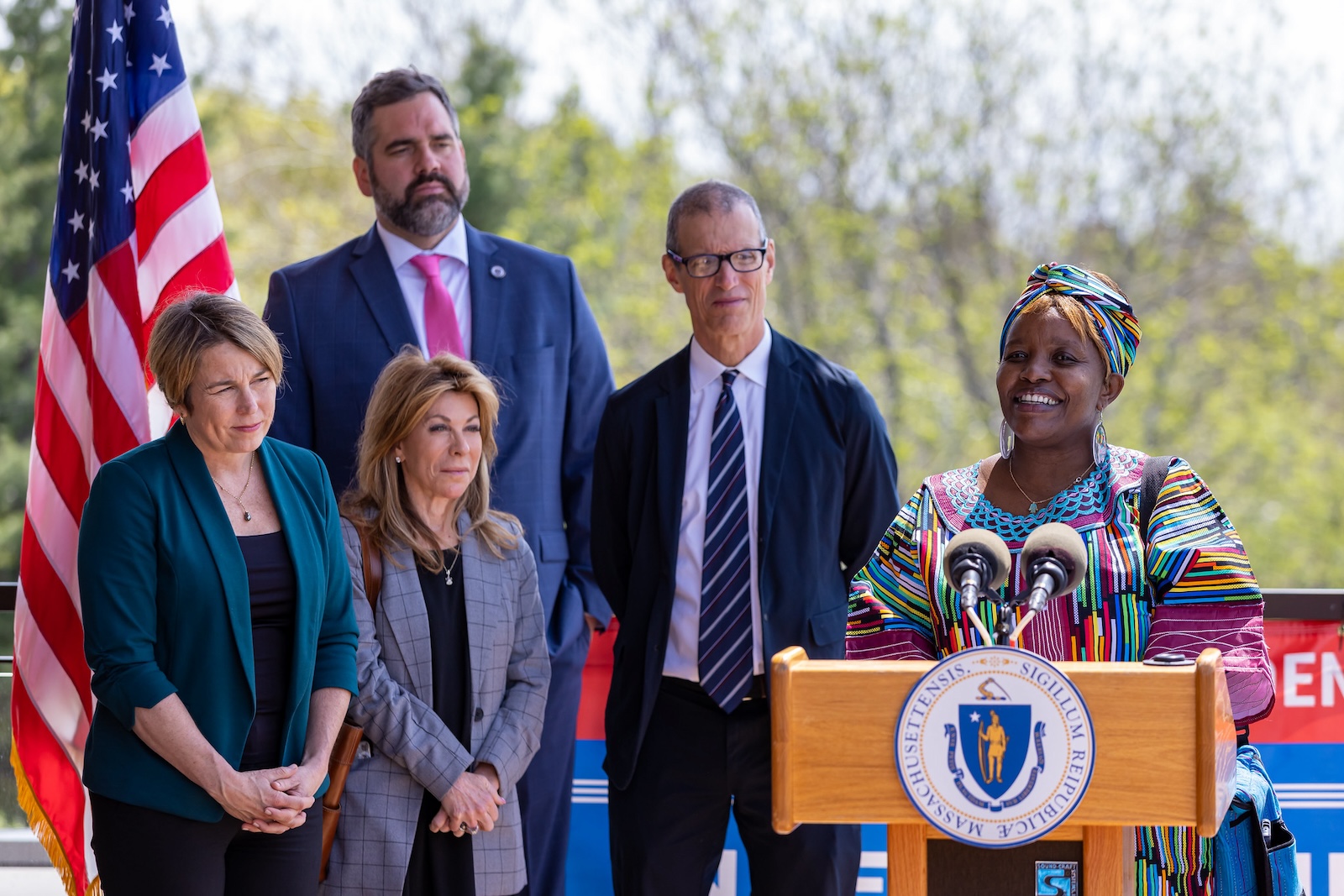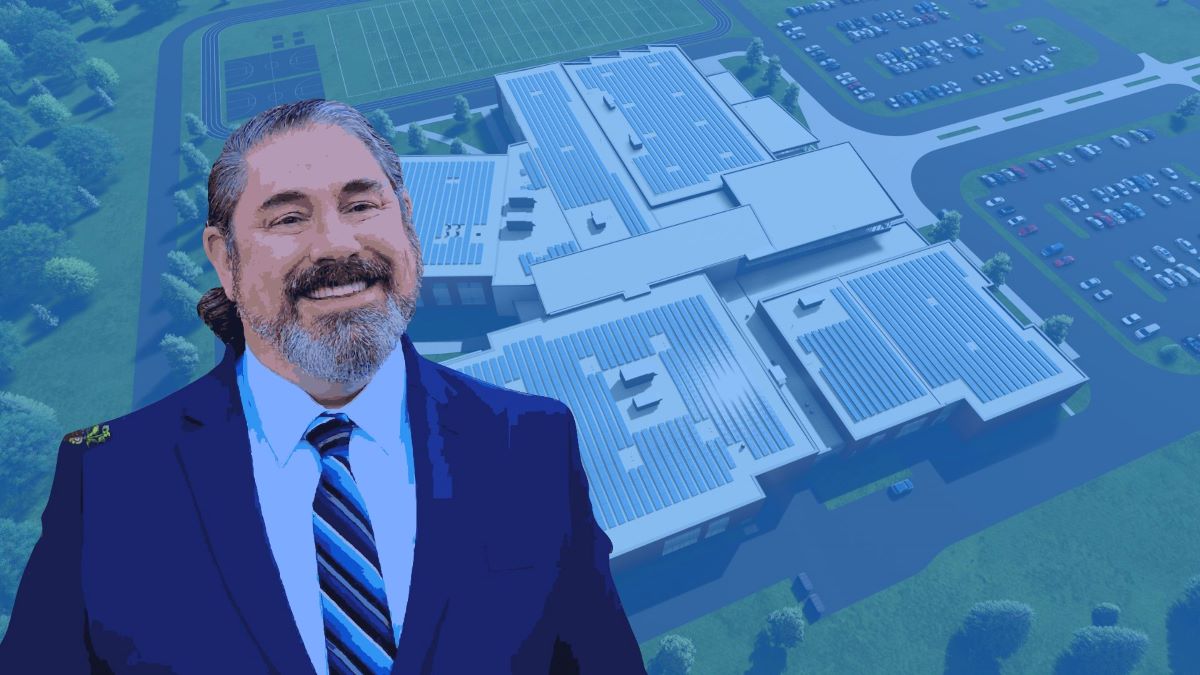What You Need to Know
Get the Breakdown on These Key Programs
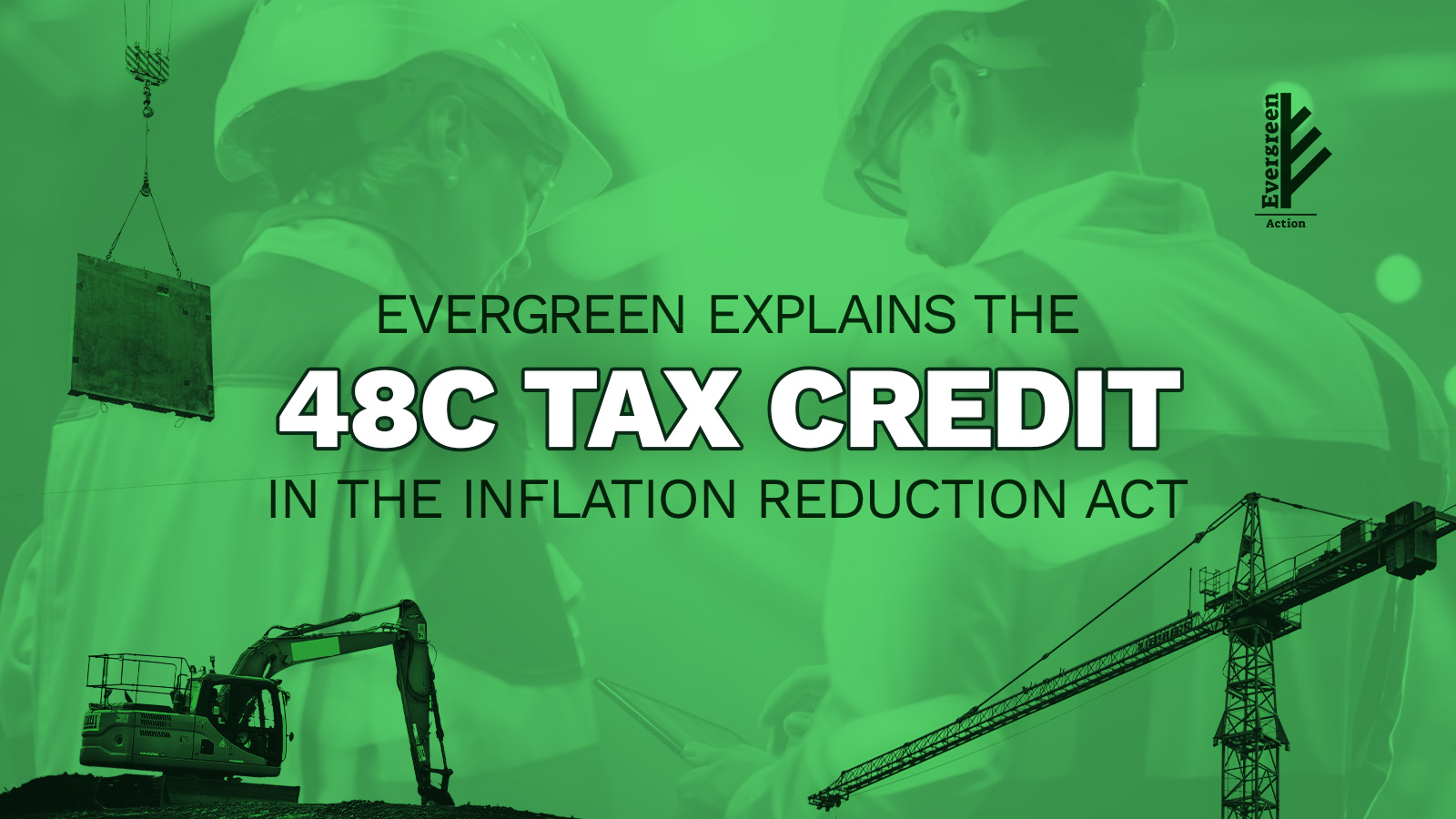
48C Tax Credits: $10 billion
If you are a manufacturer looking to expand advanced energy products, check out the IRA’s revamped 48C tax credit.
The Qualifying Advanced Energy Project Credit (also known as the 48C credit) is a powerful tool that injects $10 billion in tax credits into transforming American industry by investing in decarbonization and building out a thriving and equitable clean energy economy.
What sets the 48C tax credit apart? Nearly half of the awarded funds are earmarked for communities historically harmed by polluting industries, known officially as “energy communities.” Plus, in order to get the full 30 percent tax credit, applicants need to offer prevailing wages and apprenticeship programs.
Resources:
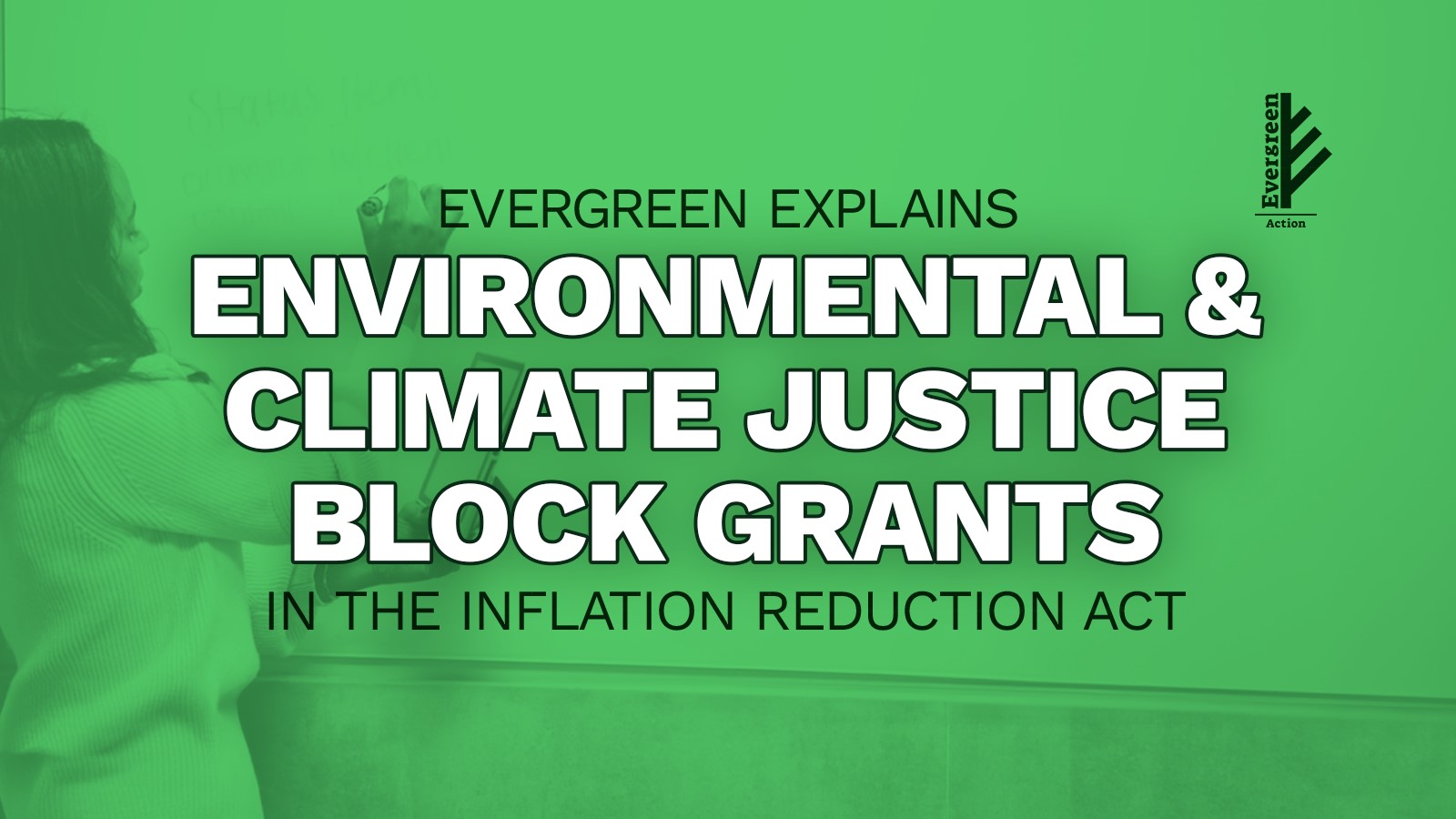
Environmental and Climate Justice Block Grants: $3 billion
This first-of-its-kind $3 billion federal program aims to empower disadvantaged communities to determine and design their own visions of pollution reduction and clean energy investment. It does so by providing highly flexible funding that goes directly to nonprofit organizations serving disadvantaged communities—meaning projects are designed by and for communities to address their unique needs and build resilience and political capacity.
Resources:
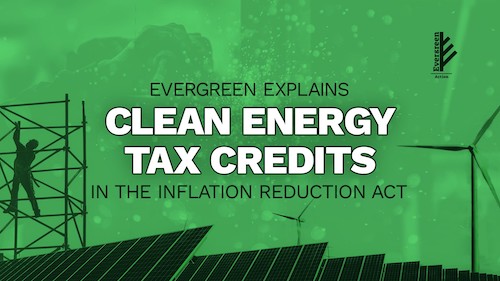
Clean Energy Tax Credits: $125 billion - $570 billion in investment
If you are a clean energy producer or project developer, check out the IRA’s new and improved clean energy tax credits.
Complex, but packing a big punch, tax incentives for clean electricity development represent a significant portion of the investments within President Biden’s landmark climate bill. The Investment Tax Credit (ITC) subsidizes clean energy development and installations while the Production Tax Credit (PTC) pays for the generation of clean energy. Both tax credits are accessible via direct pay to make them easier to monetize and receive a boost if projects follow high-road labor standards.
These tax credits are powerful tools in the clean energy transition, boosting the installation and operation of new clean power sources and specifically targeting investments in marginalized and underserved communities.
Resources:
.png)
Climate Pollution Reduction Grants: $5 billion
If you need flexible funding to tackle climate pollution in your state or community, check out the IRA’s Climate Pollution Reduction Grants.
One of the most important yet frequently overlooked programs in the IRA is the Climate Pollution Reduction Grants (CPRG) program, designed to empower state, local and Tribal leadership to take bold climate action and reduce pollution The CPRG dramatically boosts the effectiveness of subnational efforts, providing incentives to seize these opportunities and leverage greater public and private sector investments in climate solutions.
Resources:
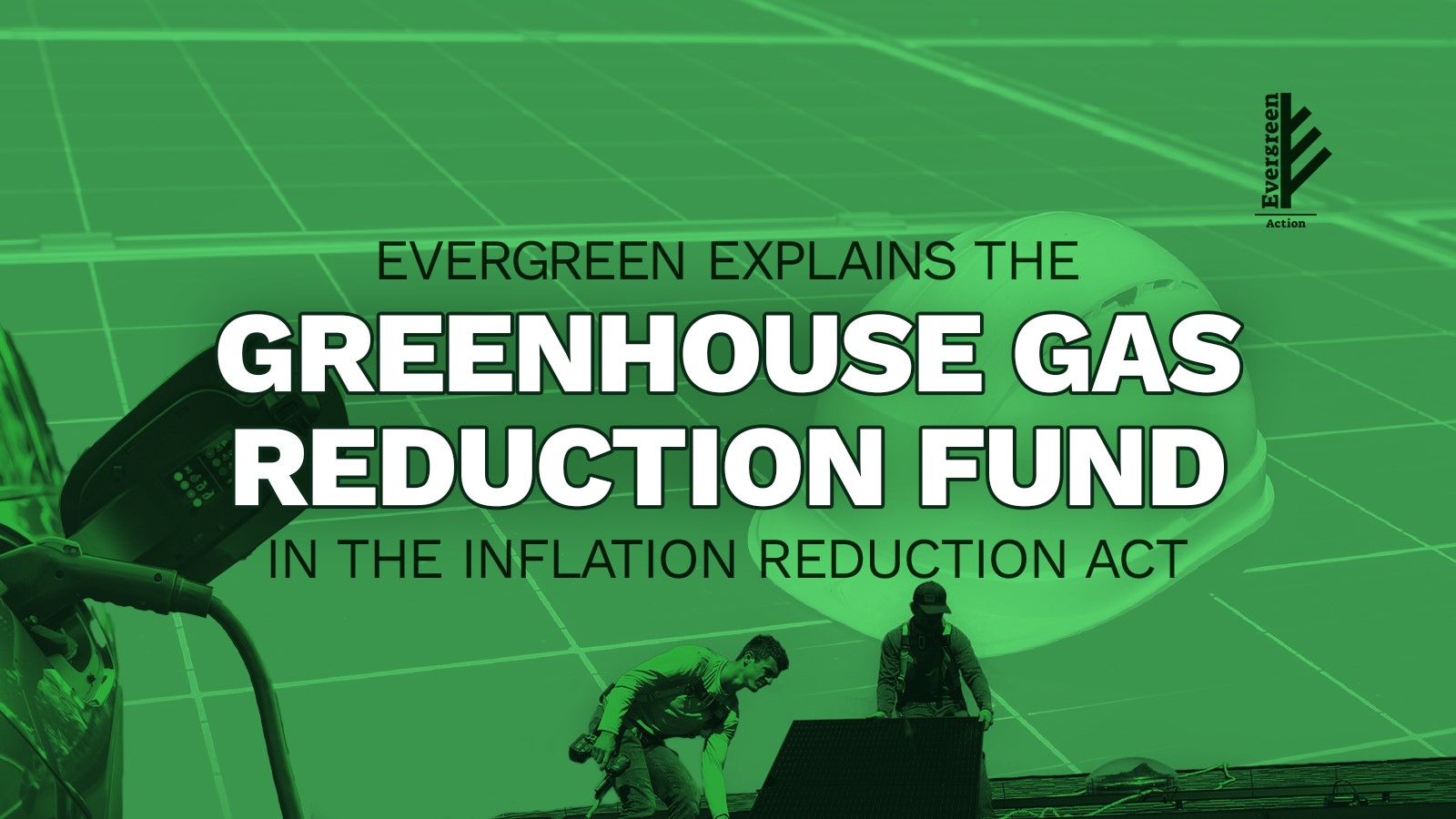
Greenhouse Gas Reduction Fund: $27 billion
If you need low-cost financing for clean energy projects, especially in disadvantaged communities, check out the Greenhouse Gas Reduction Fund.
Providing a massive $27 billion in grants, the Greenhouse Gas Reduction Fund (GGRF) is the largest grant program within the IRA–with the shortest timeline for EPA to spend the money. Not only does this program provide a massive investment in pollution-reducing clean energy technology, it also targets communities that have been historically overlooked and underserved and brings equity to the clean energy transition.
Resources:
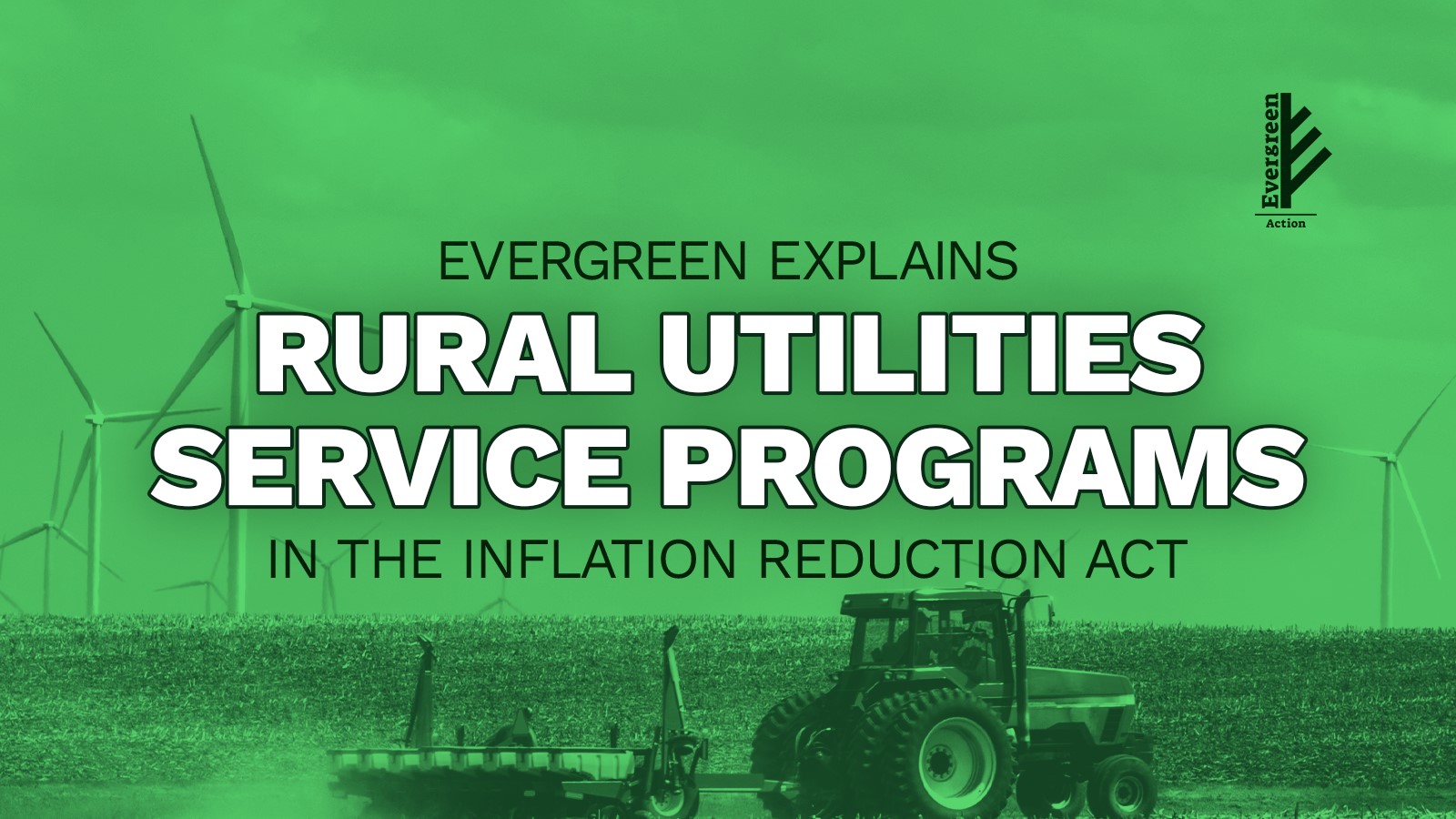
Rural Utilities Service Programs: Nearly $11 billion
If you are a rural electric cooperative or another entity looking to deliver clean power to rural communities, check out USDA’s New ERA and PACE programs.
There are significant opportunities to unlock emissions reductions in rural areas, which have—in many states—been slow to adopt clean energy. In May 2023, the United States Department of Agriculture (USDA) announced these two new programs that will spark a clean energy transformation across rural America, U.S. territories, and freely associated states.
Made possible by the IRA, these programs are known as the $9.7 billion Empowering Rural America (New ERA) program, which will provide funding to rural electric cooperatives for clean energy, and the $1 billion Powering Affordable Clean Energy (PACE) program, which provides funding for partially-forgivable loans to a larger eligibility pool for renewable energy projects. Together, these programs will provide $10.7 billion to help rural communities transition to clean, affordable, and more reliable energy systems.
Resources:
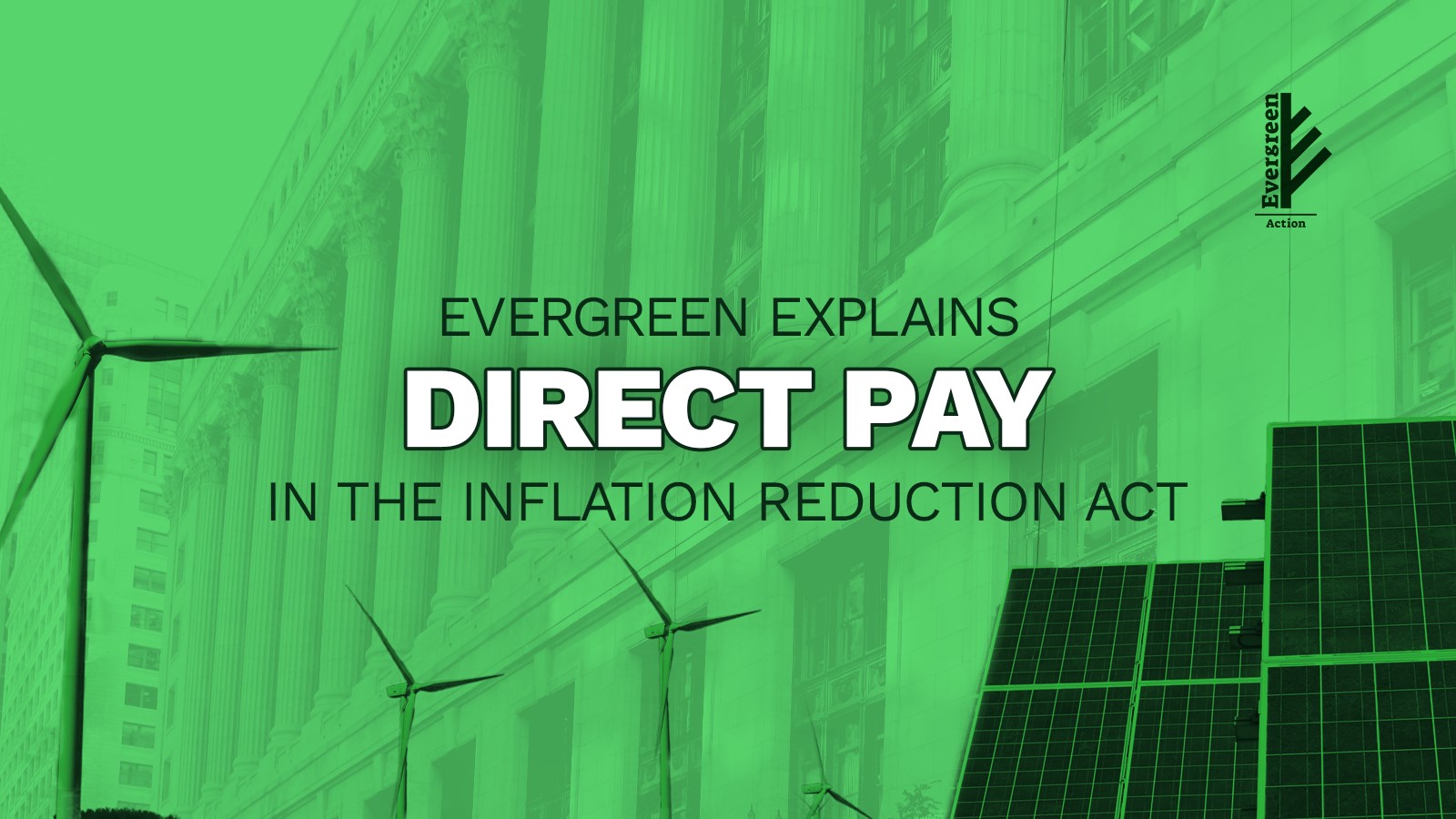
Direct Pay (aka Elective Pay): No Overall Limit
If you are part of a government entity (including state, local, and Tribal) or tax-exempt organization (including 501(c)3 and 501(d)3) that wants to develop clean energy projects, check out these tax credits.
Everyone should be able to benefit from and support the transition to a clean energy future. But some of the most important players in the energy transition—including local governments, nonprofits, state agencies, Tribes, rural co-ops, schools, and community-based organizations—don’t pay taxes. As a result, they don’t qualify for typical tax credits.
That’s where a key provision called direct pay (or elective pay) comes in. It expands access to tax credits beyond private businesses, allowing tax-exempt entities to qualify for the full value of the tax credit and receive it as a direct payment from the government instead of receiving the credit as a reduction of taxes paid in that year.
How can these entities maximize elective pay credits? How do partnerships work under elective pay? How can organizations apply?
Resources:
Related Content
How States Can Implement the IRA
Under the Trump regime, it’s even more crucial for states to lead on climate. This shift to a deregulatory, pro-fossil fuel regime means that states and local governments become all the more important in preserving our hard-earned victories, protecting communities from pollution, and continuing down the path of climate progress.
Read our latest blog on the most important actions states can take to protect climate progress, an interview about Minnesota's clean energy success, and our general guide on the three most important IRA programs. We’ve also put together short fact sheets that make it clear how leaders in nine key states can take advantage of all the discretionary funding in the IRA.
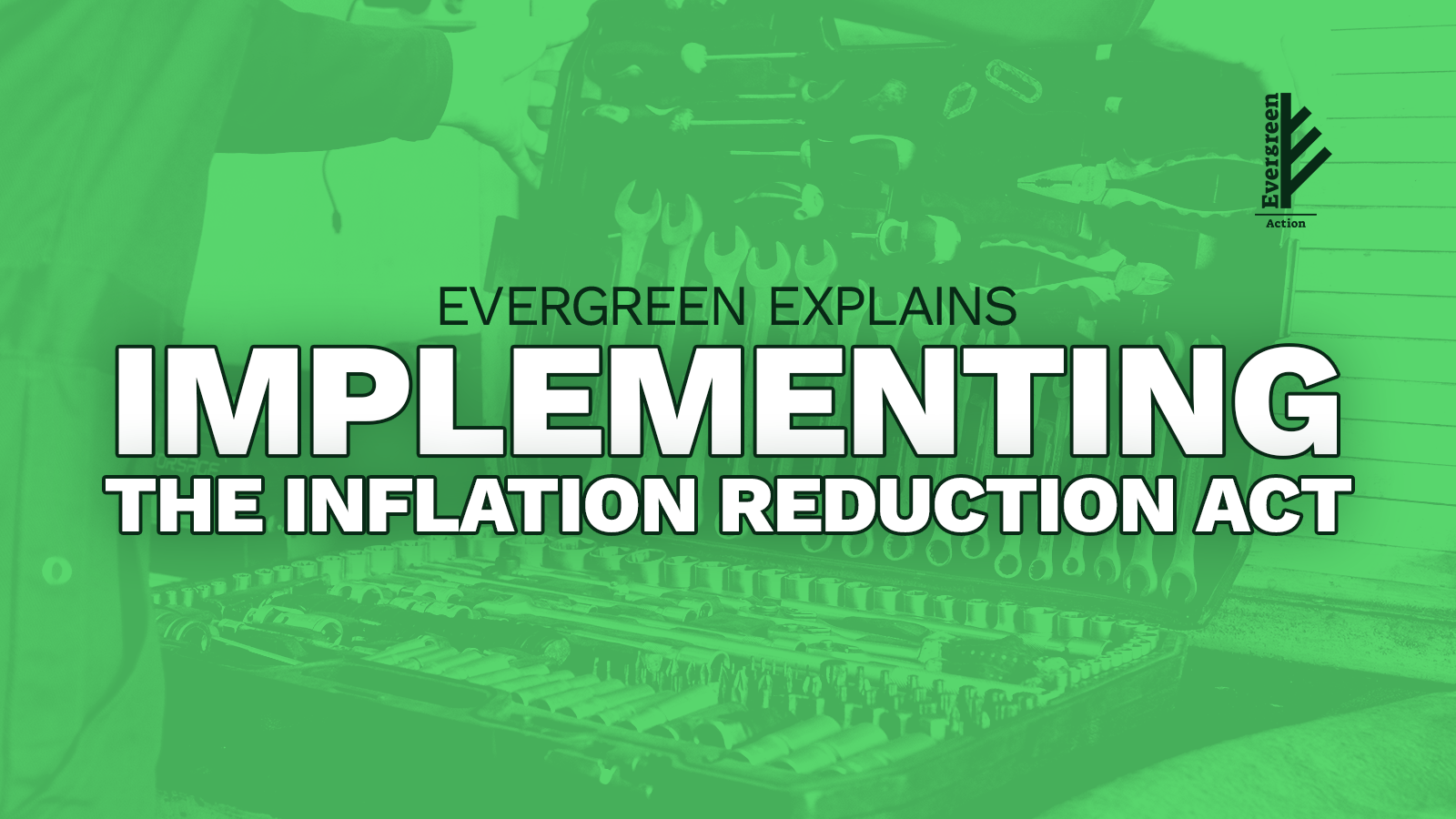



.png)



